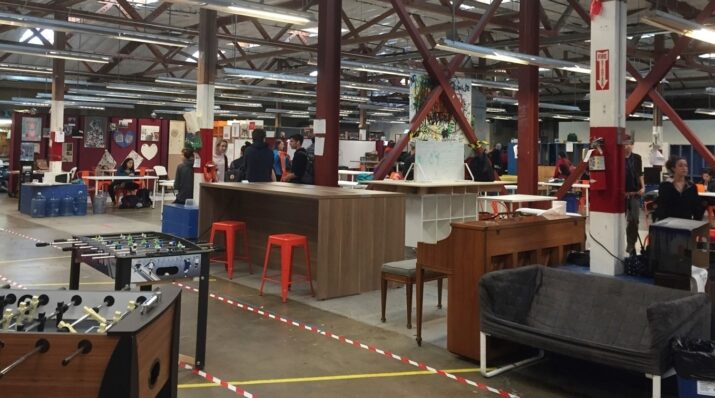Breakthrough Schools D.C. Round 3 Grantees
16 schools reimagining for more personalized and deeper learning ...

We’ve all had the experience of truly purposeful, authentic learning and know how valuable it is. Educators are taking the best of what we know about learning, student support, effective instruction, and interpersonal skill-building to completely reimagine schools so that students experience that kind of purposeful learning all day, every day.
School: Design Tech High School (d.tech)
Grades Served: 9-12
Location: Millbrae, CA
Operator: Design Tech High School
Operator Type: Charter
Setting: Urban
Students at Opening: 150
Students at Capacity: 500
Blended Model Type: Flex
Key Features: Competency-Based Learning, Project-Based and Experiential Learning, Higher Education Partnership
The Operator:
Design Tech High School is founded by a team of school leaders, teachers, and parents who came together with a vision to create a school for their community that would prepare students in new ways to solve the problems faced by future generations. The founders’ core beliefs are: shared responsibility, relentless optimism, applying design thinking tools, and all students have superpowers. The school is designed to help students graduate college in four years and to become “innovation-ready.” They believe that all students have the ability to make a unique contribution to the world, and it’s the job of educators to help students uncover that ability and act on it.
The Academic Model:
Application Deck
The Organizational Model: